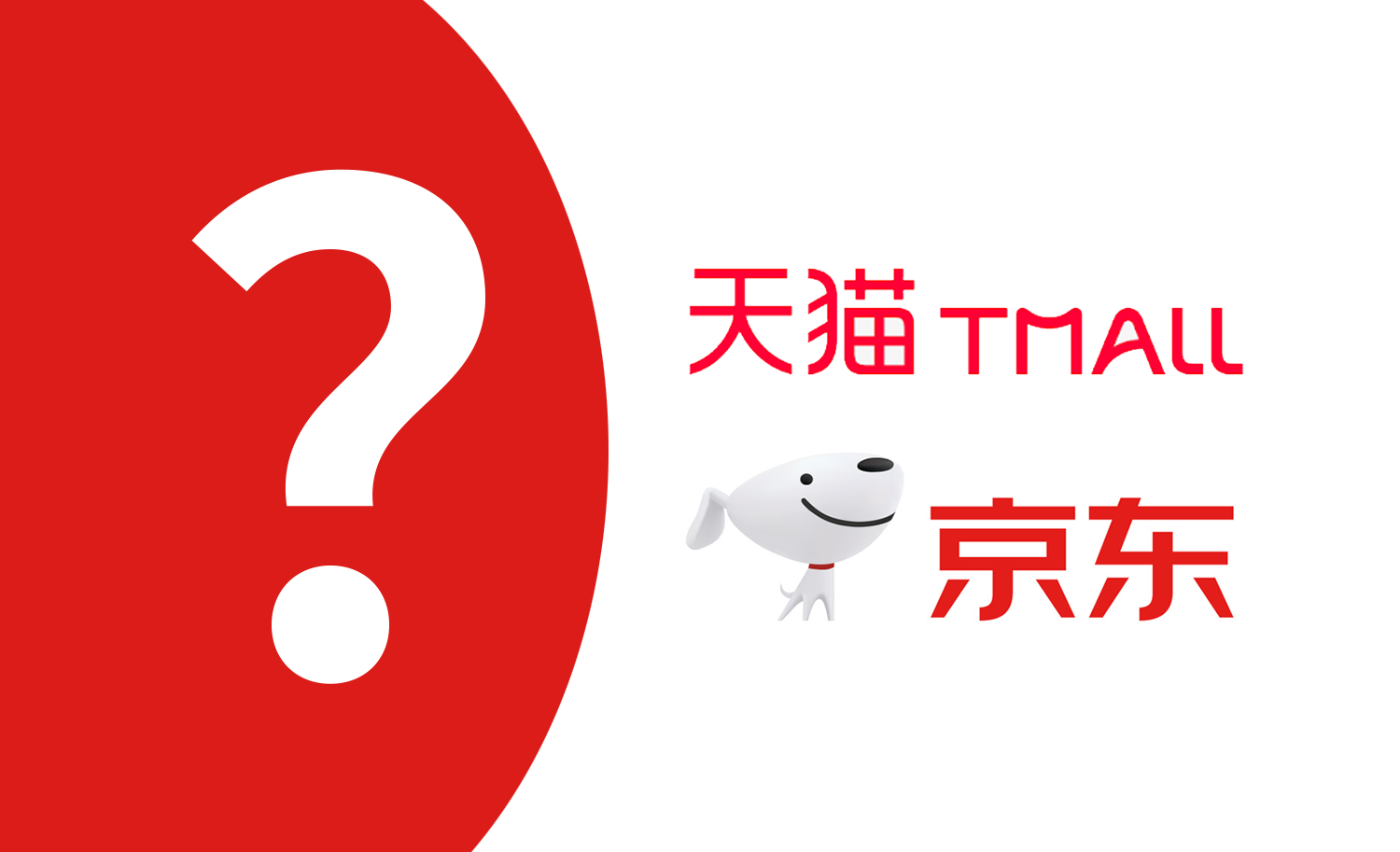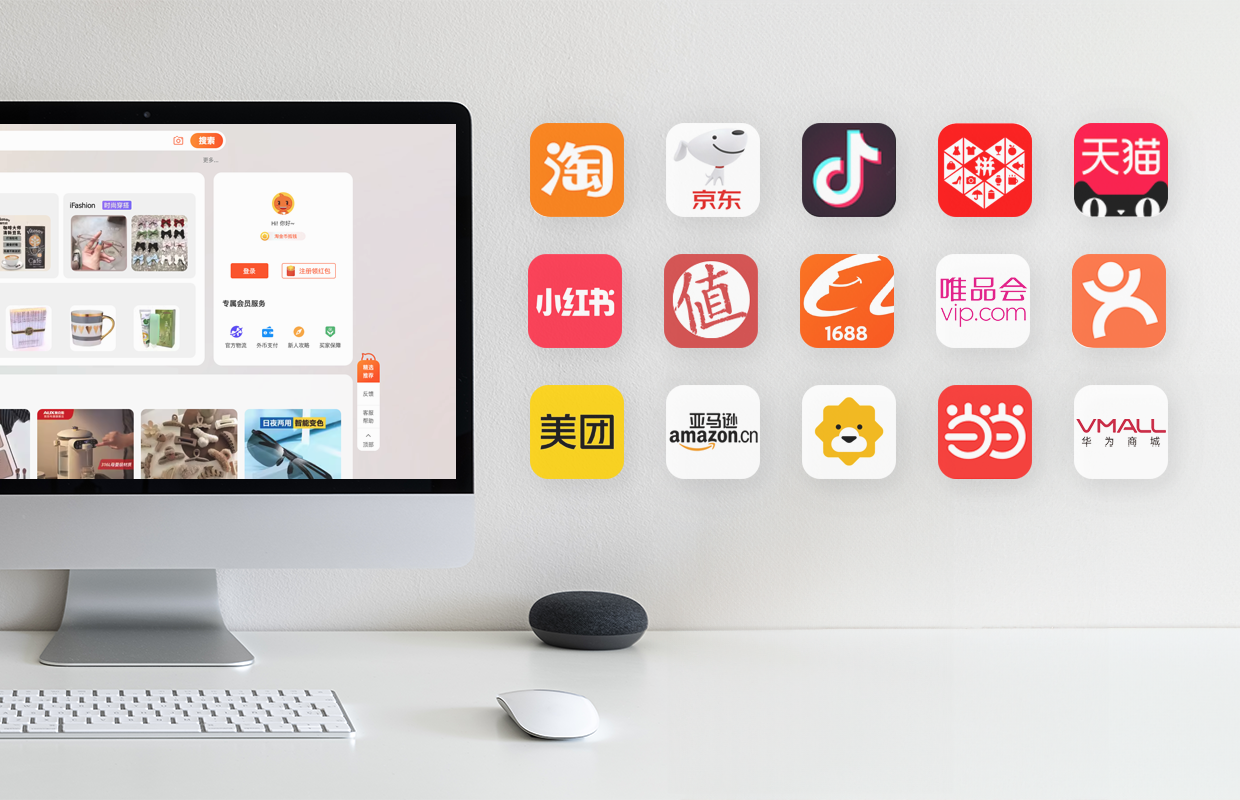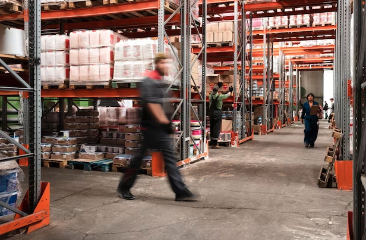Most successful business owners can, with a lot of conviction and confidence, answer the question “How well is my business doing” while backing it up with sufficient data. Only when you can answer this question well will you know where you are today and what should you improve to get to where you want to go next.
Running an e-commerce store is a business, which means as a store owner you should absolutely be able to answer this question. But in our experience, a lot of store owners can’t. They either don’t know what and how to measure or, more importantly, how to improve it.
In this post, I want to talk about 6 e-commerce metrics that fundamentally act as the pulse for an online store. By measuring these numbers and constantly improving them, you can be assured that not only will you know how your store is doing, but what you need to do to grow your business.
Cost of Acquiring Customer (CAC)
Everyone understands that before you start seeing orders coming in, you need to drive traffic to your store, offer some incentives to buy, etc. — and that costs you money. This metric reveals how much money you spend.
The cost of customer acquisition is the amount of money you have to spend to get 1 customer. The lower the cost of acquisition, the better: i.e., you always want your cost of acquisition to go down.
For example: Your CAC is $40 if you need to spend $200 to get 5 visitors to buy on your store.
You may employ different techniques to bring in those visitors — SEO, paid ad campaigns, high-quality content, social media — but all of them cost you either in terms of money or time. In addition, you may offer some discounts, free shipping, etc. which will again cost you money.
There are a lot of factors that affect your cost of customer acquisition but it is important to get an accurate number here. You will see the impact of this metric on your profits shortly.
Conversion Rate (CR)
Once your store gets traffic, you need to see how many visitors are buying. Conversion rate reveals just that.
Conversion rate is defined as the percentage of visitors who end up buying from your store. The higher the conversion rate, the better: i.e., you always want your conversion rate to go up.
For example: Your conversion rate is 2% if 2 out of 100 visitors buy from your store.
There are literally hundreds of articles on how to improve conversion rate. The reason there is so much emphasis on CR is because it directly talks about the bottom line: How many people are giving you their money?
Irrespective of how much effort you spend on driving traffic to your store, if most visitors don’t end up buying, it’s all wasted. So it’s really important to make sure you know what your conversion rate is at all times and know if it’s improving or falling.
Shopping Cart Abandonment Rate
When your conversion rate is low, you need to understand how many visitors at least had an inclination to buy. You need to look at cart abandonment.
This is the percentage of visitors who have added products to their shopping cart but do not complete the checkout process. The lower the cart abandonment rate, the better: i.e., you want your cart abandonment rate to keep reducing.
For example: Your shopping cart abandonment is 75% if 75 out of 100 visitors with a cart leave without buying.
Cart abandonment is the closest you come to losing real customers. Adding to the cart typically indicates an intent to purchase. The fact that they leave without buying means you lost potential customers.
It gets especially bad if you paid a lot of money to get these visitors on to your store. Making sure your cart abandonment is low is key to improving your conversion rate.
Average Order Value (AOV)
You should monitor how much money each order brings in to see how much revenue you can generate. That’s what AOV tells you.
This is the average size of an order on your store. The higher the average order value, the better: i.e., you always want your average order value to increase.
For example: Your AOV is $35 per each order if you made $140 from 4 orders.
By monitoring AOV, you can figure out how much revenue you can generate from the current traffic and conversion rate. Being able to predict revenue is a BIG deal for any business.
If most of your orders are really small, that means you have to get a lot more people to buy in order to achieve your target. It’s important to have at least a few high value orders so that your overall average is on the higher side.
Lifetime Value (LTV)
If there is only 1 number you want to focus on and grow in your e-commerce store, it should be LTV.
This is the difference between the total money that a customer spends on your store and the cost of acquiring this customer (CAC). The higher the lifetime value, the better: i.e., you want your LTV to keep increasing.
For example: Lets say a customer has spent $100 over 3 purchases. Your cost of acquiring this customer is $40. That means the lifetime value of this customer is $60
While conversion rate tells you how much money you are making, LTV tells you how much profit you are making.
From the example, if you spend $40 to acquire a customer, you definitely want the customer to spend at least that much in your store. Anything after that adds to your profit. Once a customer is acquired, you try to improve her lifetime value by influencing her to keep buying from your store, because bigger the LTV, the bigger the profits.
Churn Rate
If your LTV is low, one reason could be that most visitors buy once and never return. Churn tells you exactly how often that happens.
This is the percentage of your customers who do not come back to your site. The lower the churn, the better: i.e., you want your churn to keep reducing.
For example: A churn of 80% means 80 out of 100 customers do not come back to buy from your store.
As we have seen, to ensure a high profit, it’s important to influence your customers to keep coming back and buying at your store. That means you want your churn to be low so that once you acquire a customer, she keeps coming back to your store.
Once you understand the importance of each of these metrics, you can see that answering the question “How well is my business doing?” is not that hard. You have to measure each of these daily and figure out if things are looking good or if they need improvement. Finding the right tool that captures these numbers for you could be a great competitive advantage for your business.
--From Bigcommerce by Pavan Sudarshan












